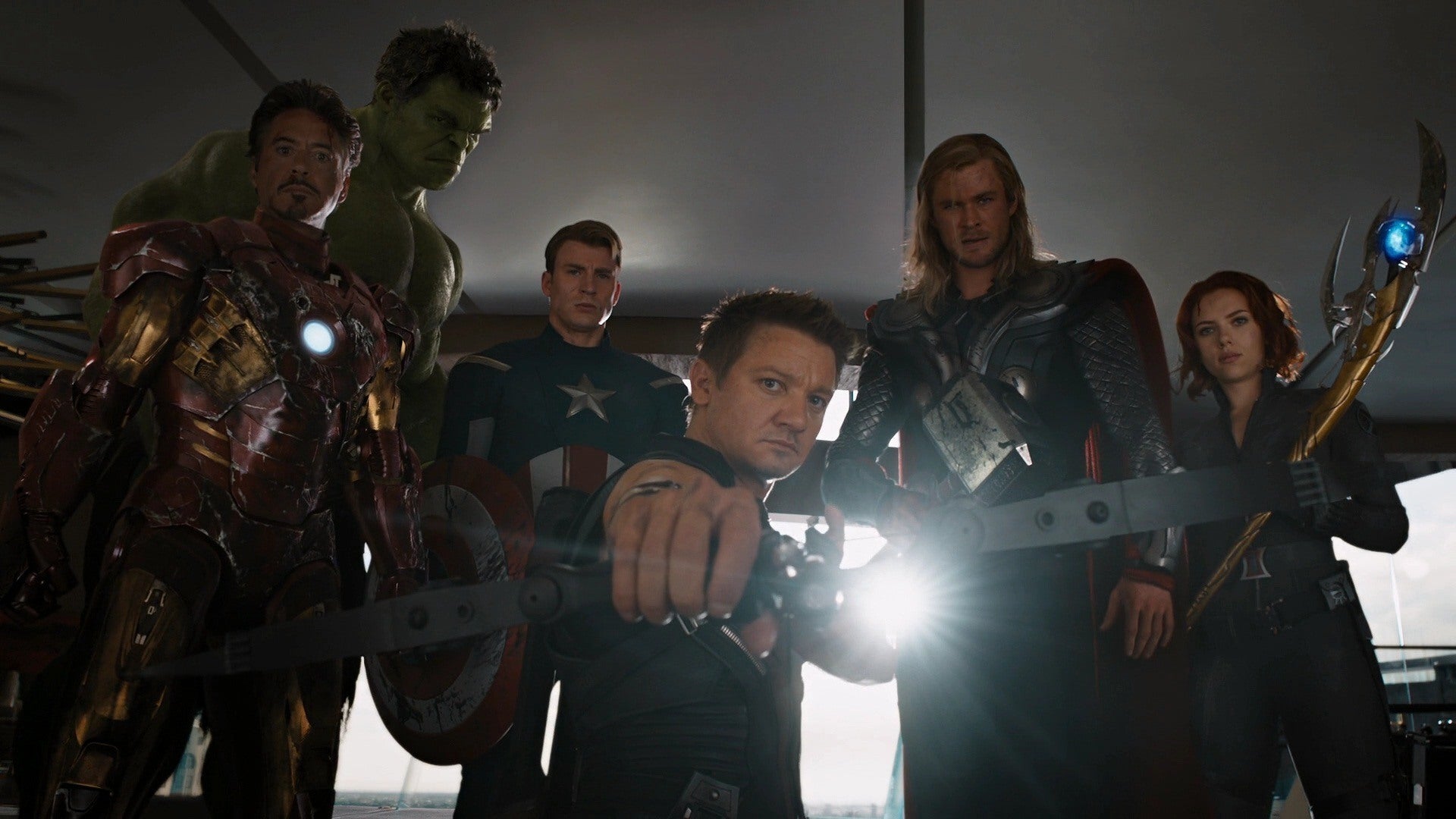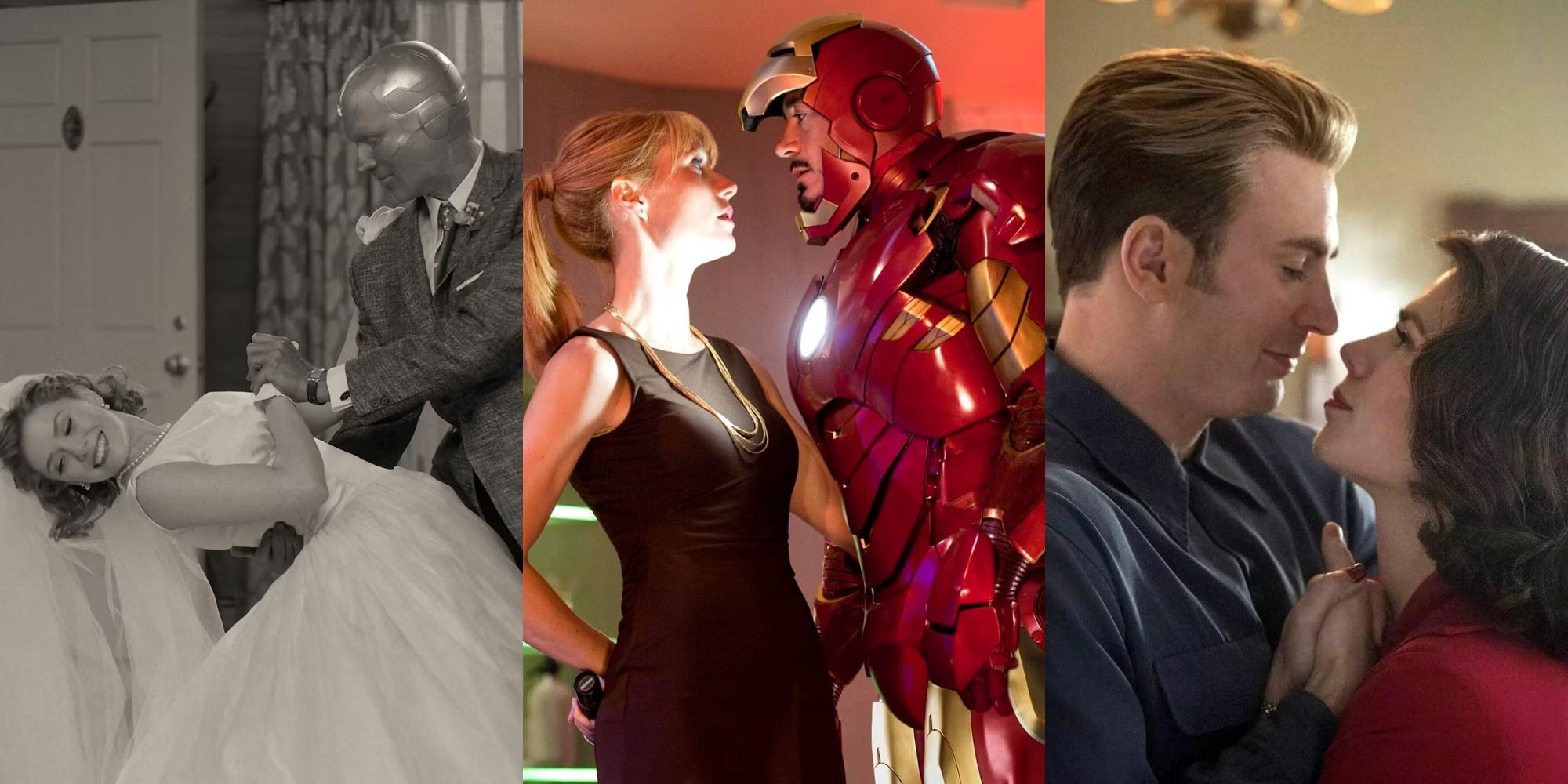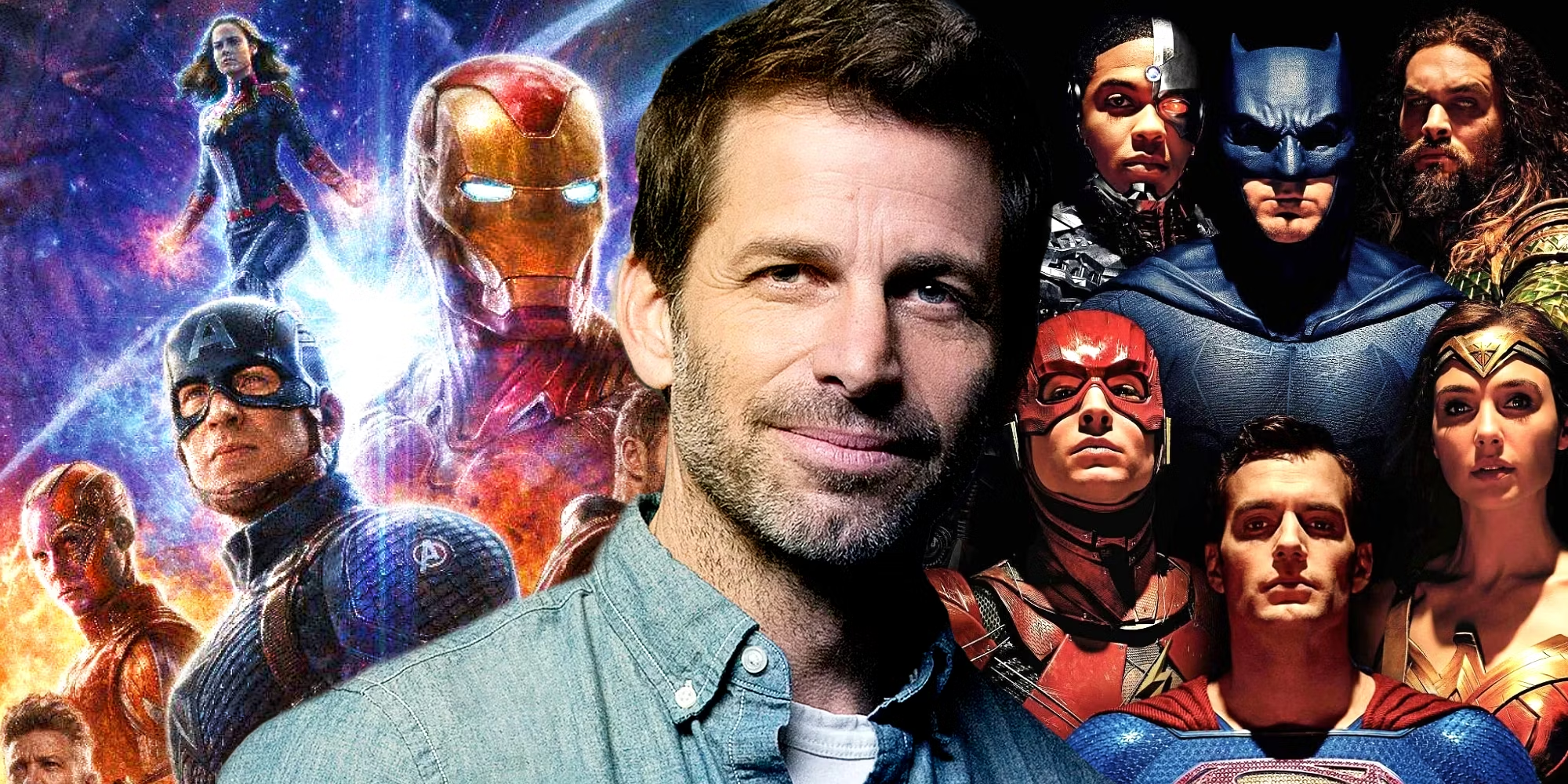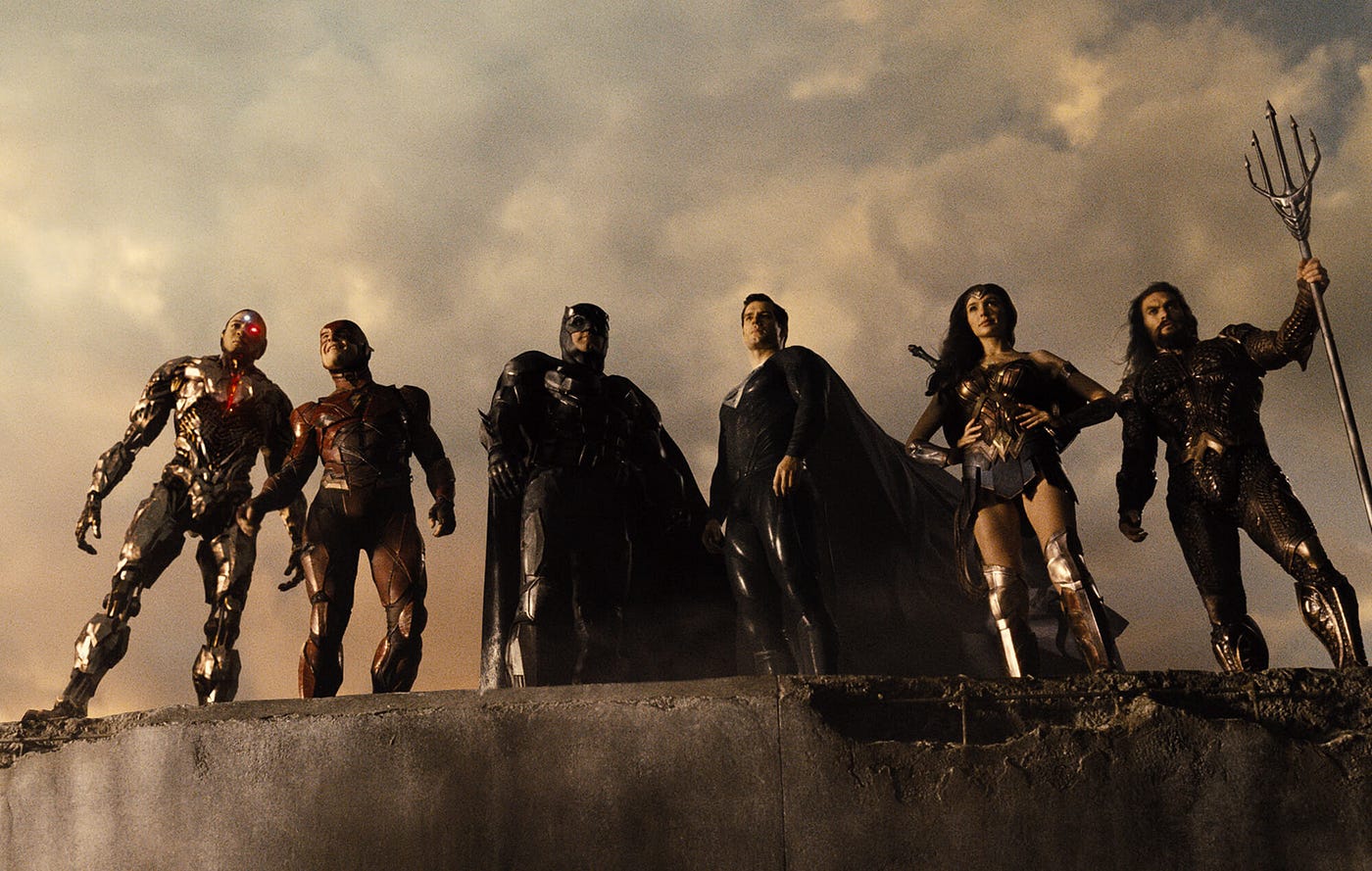In the vast expanse of Hollywood, where directorial freedom often tussles with studio demands, Joss Whedon stands out with his unique stance against director’s cuts. Known for directing the Avengers film “Age of Ultron,” which holds the dubious honor of being the lowest-rated entry in the Avengers saga, Whedon’s filmmaking philosophy sharply contrasts with that of his contemporary, Zack Snyder.
It has always been my ambition never to do a director’s cut of anything, and always to make the movie with the studio that we both want to make.
This declaration highlights a rare alignment with studio visions, a sentiment not often echoed by directors of his stature.

Whedon’s perspective is further illustrated by his handling of “Avengers: Age of Ultron.” Despite the film not meeting critical expectations, Whedon expressed satisfaction with the theatrical release, noting that it closely resembled the agreed vision between him and the studio. His reluctance to revisit or alter the completed work underscores a commitment to his initial artistic choices, viewing any reworking as unnecessary and perhaps, a disservice to the collaborative spirit of the original production.
Zack Snyder: The Anthem of Director’s Cuts
On the opposite end of the spectrum, Zack Snyder embraces the concept of director’s cuts with open arms, seeing them as integral to his artistic identity. Snyder, whose directorial ventures include “Justice League” and the upcoming “Rebel Moon” series on Netflix, often finds his unaltered visions coming to life in these extended versions, which have garnered significant fan attention and acclaim.
I would make a movie for the studio. And then my relationship with DVD would be like, I’d kind of be done with the theatrical division who wanted the movie made.

This approach reveals a strategic compartmentalization of his work, delivering to studio specifications initially while reserving his full, unfiltered expression for later releases. Snyder’s method resonates with a growing audience that appreciates a more personal, undiluted version of filmmaking, often delivered through director’s cuts that have become “anthemic” of his style.

The Impact on Cinema and Culture
The divergent paths of Whedon and Snyder not only highlight individual preferences in filmmaking but also reflect broader industry trends regarding directorial control and audience engagement. While Whedon’s approach aligns closely with traditional studio collaborations, ensuring a unified release, Snyder’s strategy taps into a niche market that craves the ‘authentic’ directorial vision, often leading to campaigns like the famous push for the “Snyder Cut” of “Justice League.”

This dichotomy between Whedon and Snyder’s approaches offers a fascinating glimpse into the evolving landscape of film production and distribution. As audiences become more discerning and vocal, the demand for director’s cuts has surged, championing a new era where directorial voice is not just a behind-the-scenes influence but a pivotal aspect of a film’s public identity and legacy.
Both filmmakers, in their adherence to and deviation from traditional norms, continue to shape the dialogue around creative freedom, studio influence, and the cinematic experience, ensuring that the discussion remains as dynamic and multifaceted as the films they create.

